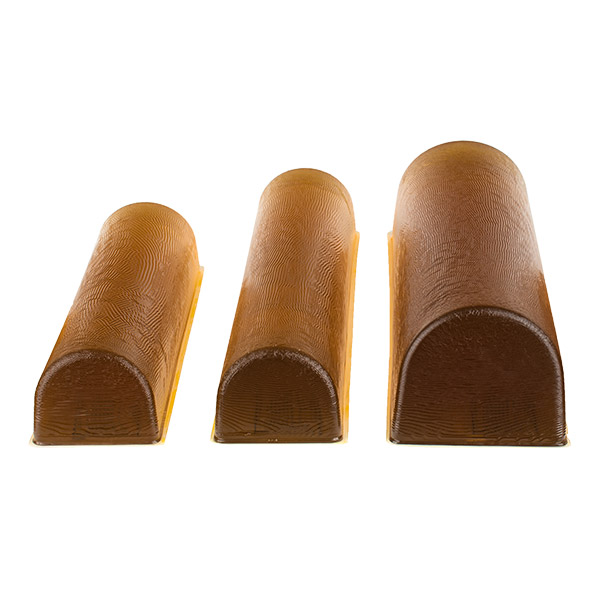Hospital acquired pressure injuries (HAPI) can cause severe pain and even death to the patient. When HAPIs are discussed among healthcare managers, cost comes first to mind. However, there are other concerns healthcare workers should consider. First and foremost is the impact of HAPIs on the patient. Think about a patient that comes in for a simple surgical procedure and leaves the hospital system with a HAPI. Pressure injuries can result in significant patient harm, including pain, expensive treatments, increased length of institutional stay and, in some patients, premature mortality.
Each year, It is estimated that more than 2.5 million patients in U.S. acute-care facilities suffer from pressure ulcer/injuries and 60,000 die from their complications. Once a patient has been diagnosed with a HAPI no matter what stage, that diagnosis and risk sticks with them for life.
The complications of HAPI are many, including:
- Cellulitis
- Osteomyelitis
- Marjolin ulcer that can develop into squamous cell cancer
- Sepsis
To avoid the high morbidity and mortality associated with hospital acquired pressure injuries, they must be promptly and properly diagnosed and treated. Advanced dementia patients with pressure injuries median survival were significantly shorter compared with those without pressure injuries (96 vs. 863 days).
Perioperative patients are at risk for developing pressure injuries because:
- these patients can experience intense or prolonged pressure during lengthy surgical procedures
- they may have increased pressure on bony prominences from positioning
- perioperative patients are exposed to friction or shear during transfer to the OR bed and positioning
- they often have significant comorbidities.
Risk identification is a key factor in preventing HAPI including perioperative HAPI risk identification that uses a validated risk assessment tool specific for that patient population. The Association of Perioperative Nurses (AORN) has created a tool kit to support the implementation of a surgical HAPI reduction program that includes validated risk assessment tools and other helpful resources.
Hospital acquired pressure injury rates are nursing-sensitive indicators (NSI)
Healthcare workers should also consider that HAPI rates are Nursing-sensitive indicators (NSI). These indicators are the criteria for changes in a person’s health status that nursing care can directly affect and these NSI form the foundation for monitoring the quality of nursing care.
For example, they can assist in establishing a common ground for benchmarking and in providing evidence of the costeffectiveness of nursing care. However, despite the considerable influence of nursing interventions on the quality of healthcare, measuring the quality of nursing care and its effects on patient outcomes and healthcare systems remains challenging.
Pressure injury prevention is a nursing driven initiative; it is up to nurses to advocate and implement pressure injury prevention programs in their area of care. In the perioperative areas of care, this can be accomplished by using the AORN tool kit.
Ensuring that your patients leave your care without a HAPI is a priority because your patient’s physical health, functional ability, and psychological well-being can be affected for a lifetime.
Protect Your Patients from HAPI
Action Products sells Overlays, pads and positioners for a wide range of patients. From pediatrics to larger patients, Action Products has your patient positioning needs covered.

Advantages of AKTON viscoelastic polymer
- Excellent shear reducing qualities
- Soft, flexible film
- Enhances patient stability
- Evenly distributes heat and pressure
- Clinically proven to help prevent pressure injuries
- Reusable & Cost Effective
- Does not support bacterial growth
- Hypoallergenic
- Imaging compatible
- Biocompatible
- Not made with natural rubber latex
- Free of phthalates, plasticizers & silicone
- Free of DEHP

B9013-000











